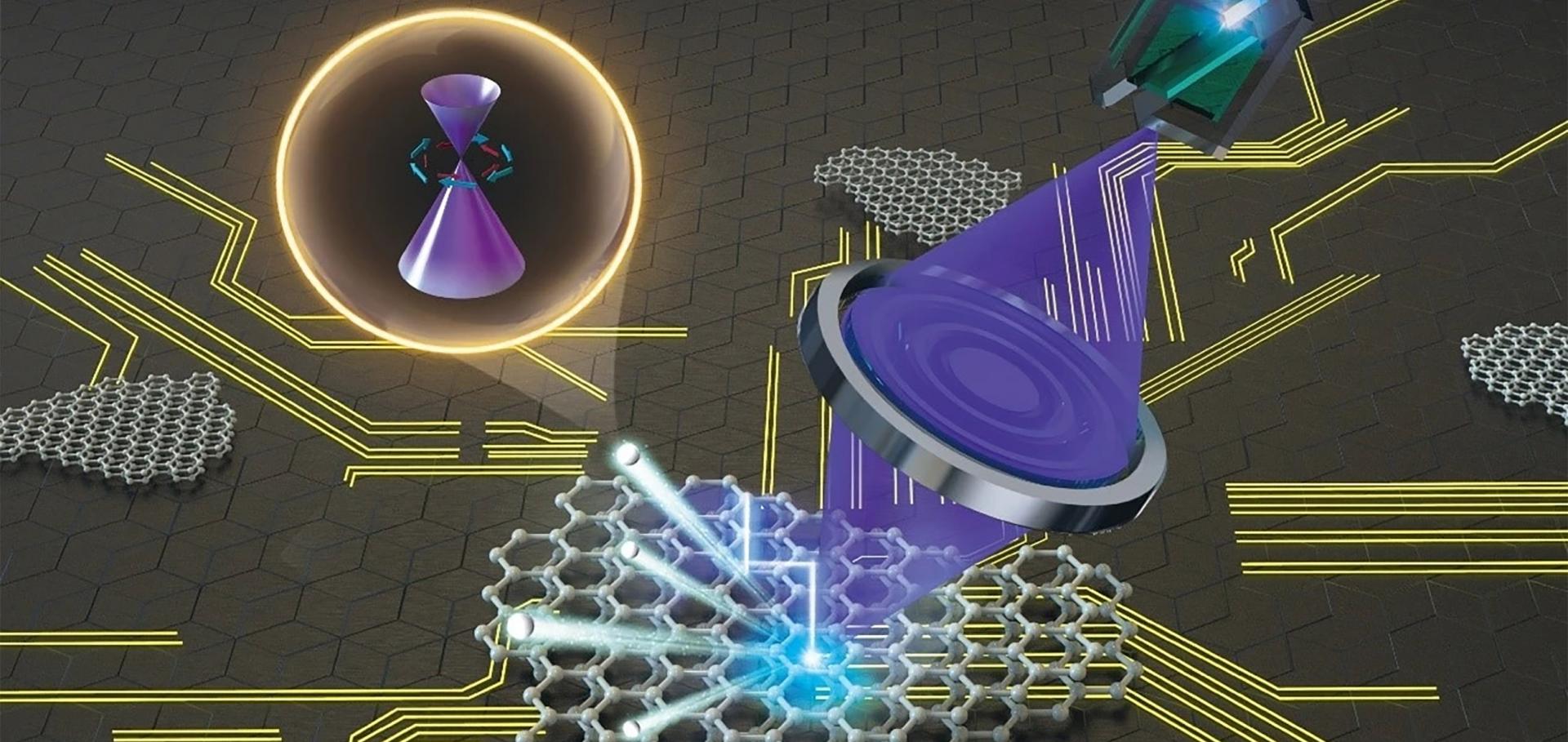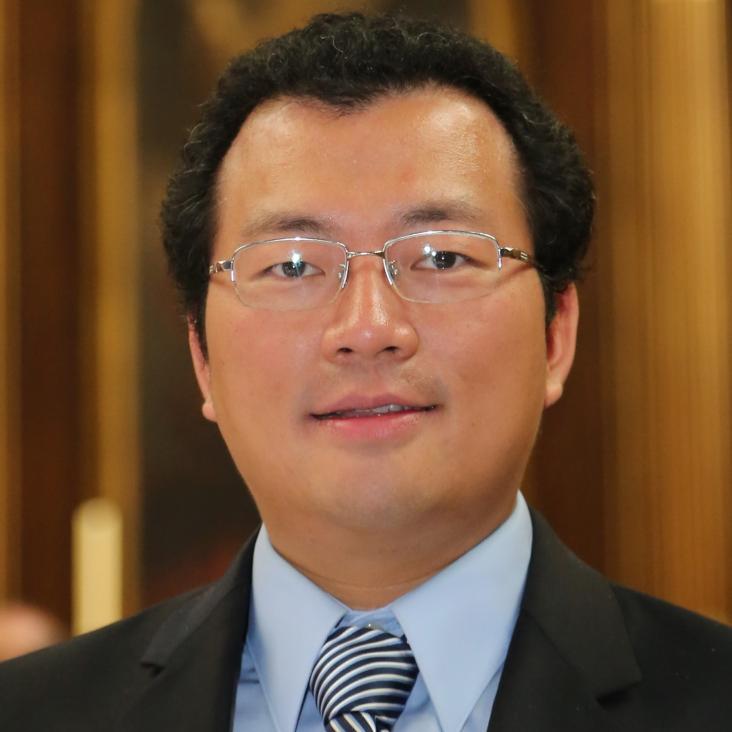Publisher Correction: A charge-density-wave topological semimetal
Nature Physics Springer Nature 17:2 (2021) 284-284
A vacuum ultraviolet laser with a submicrometer spot for spatially resolved photoemission spectroscopy
Light: Science & Applications Springer Nature 10:1 (2021) 22
Electronic structures of topological quantum materials studied by ARPES
Chapter in Topological Insulator and Related Topics, Elsevier 108 (2021) 1-42
Surface photovoltaic effect and electronic structure of β-InSe
Physical Review Materials American Physical Society (APS) 4:12 (2020) 124604
Observation of Topological Electronic Structure in Quasi-1D Superconductor TaSe3
Matter Elsevier 3:6 (2020) 2055-2065


